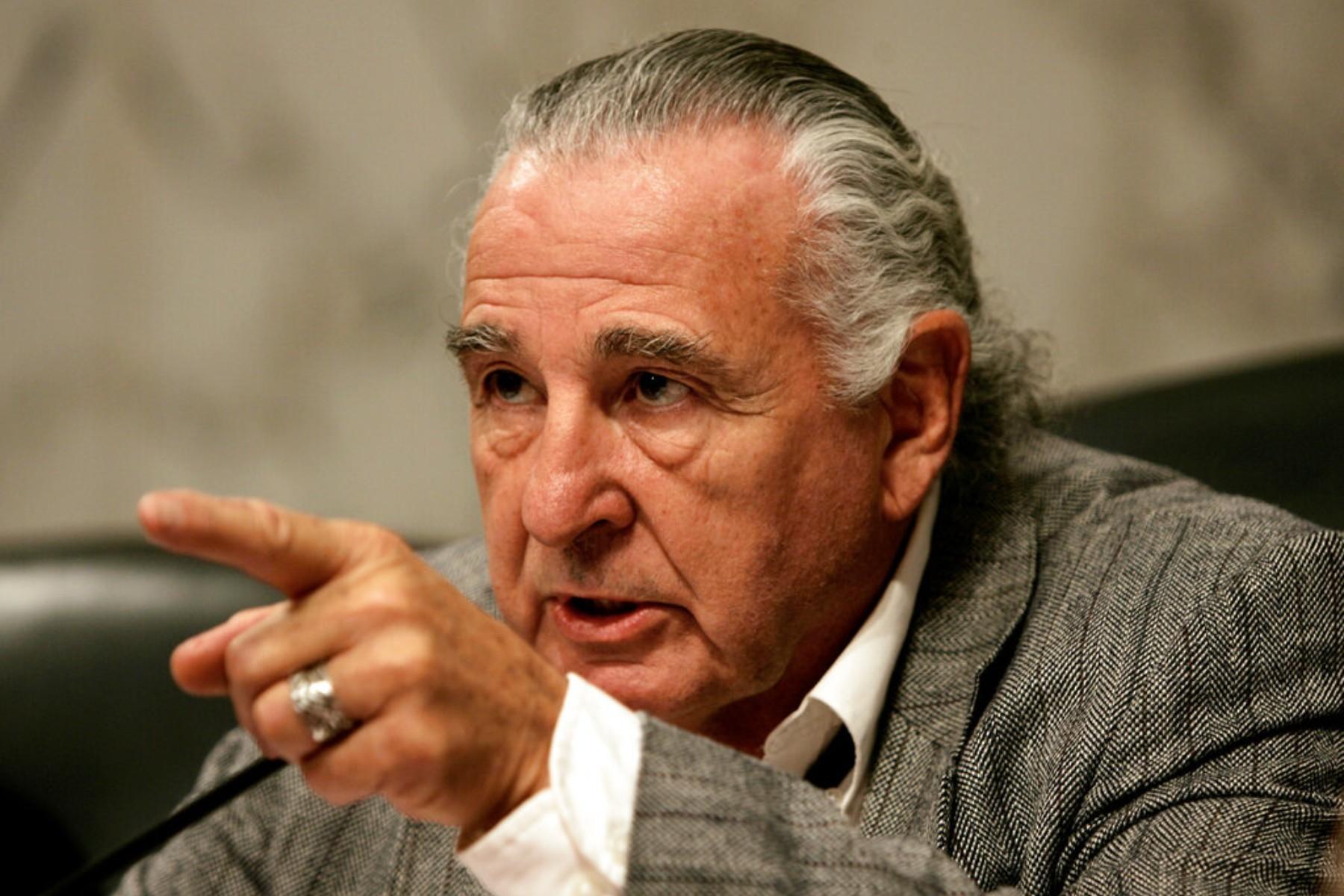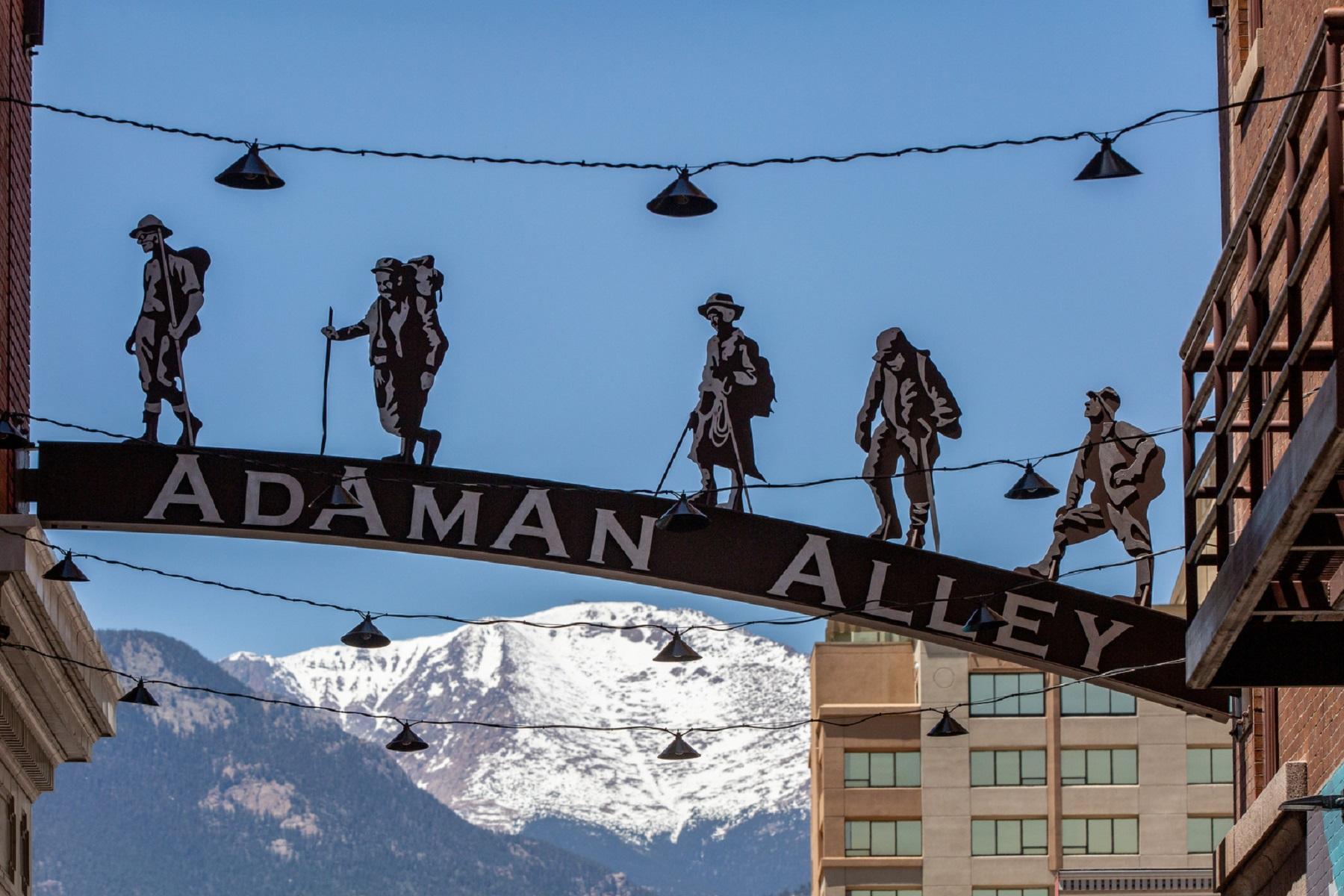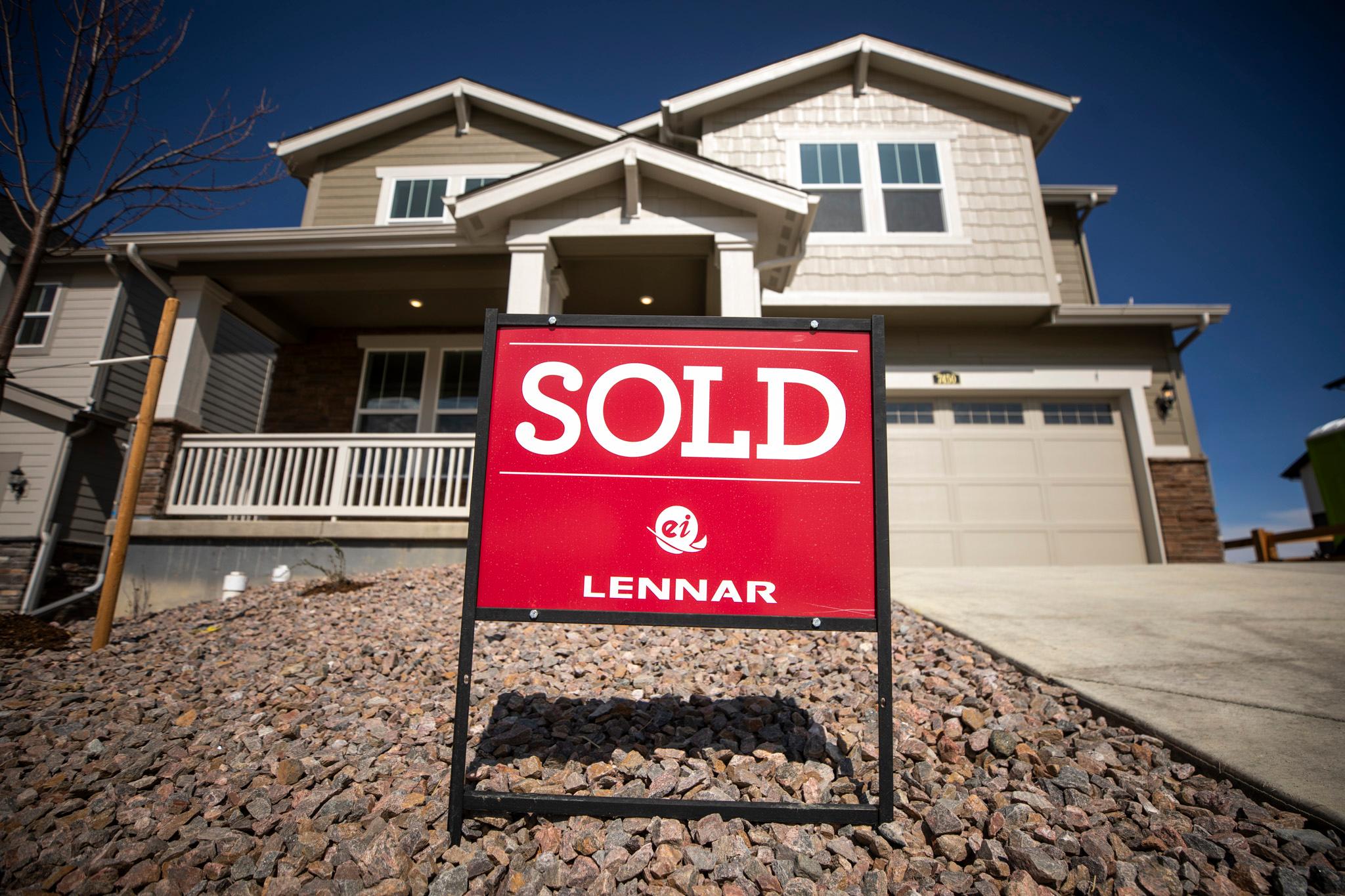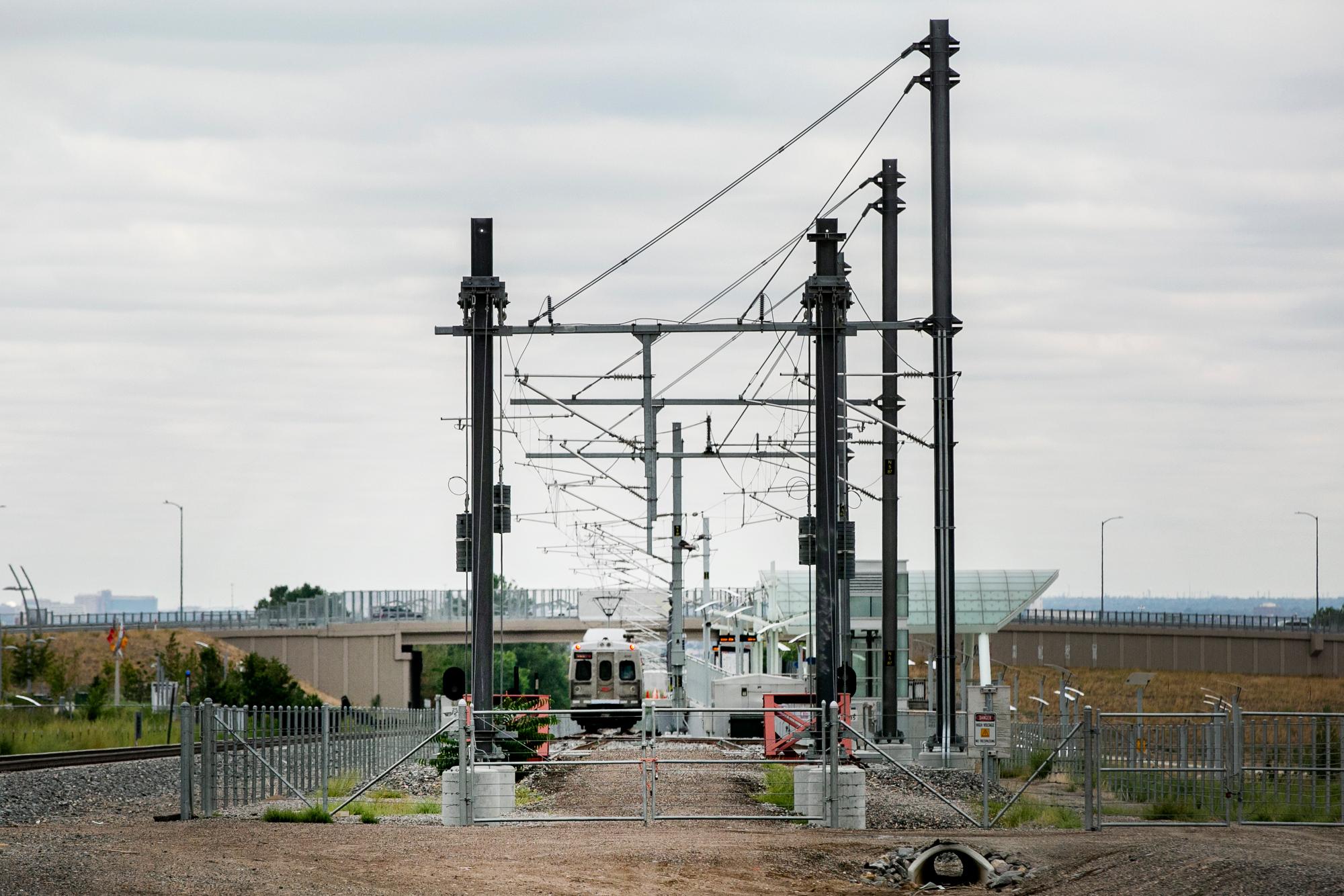
It’s a well-known story in Colorado: The Regional Transportation District has not yet built a commuter rail line from Denver to Boulder and Longmont, despite collecting $270 million in local taxes since 2005 for it and other transit projects.
But one of RTD’s top engineers from the time says the agency should not have promised both the rail line and a parallel express bus line, which opened in 2016 as the Flatiron Flyer, in the voter-approved 2004 FasTracks plan.
“It was a mistake, because they were competing systems,” John Shonsey, RTD’s then-senior manager of engineering, told CPR News for the Ghost Train podcast.
RTD’s promise is rooted in a 150-page study from 2001 intended to determine potential solutions to travel needs in the U.S. 36 corridor. At the community’s behest, RTD’s 2001 study endorsed both bus and rail.
“It was everybody wanting to placate everybody at that point,” Shonsey said. “I'm not saying they were all bad because they wanted both. I’m just saying they got both so everybody walked away happy.”
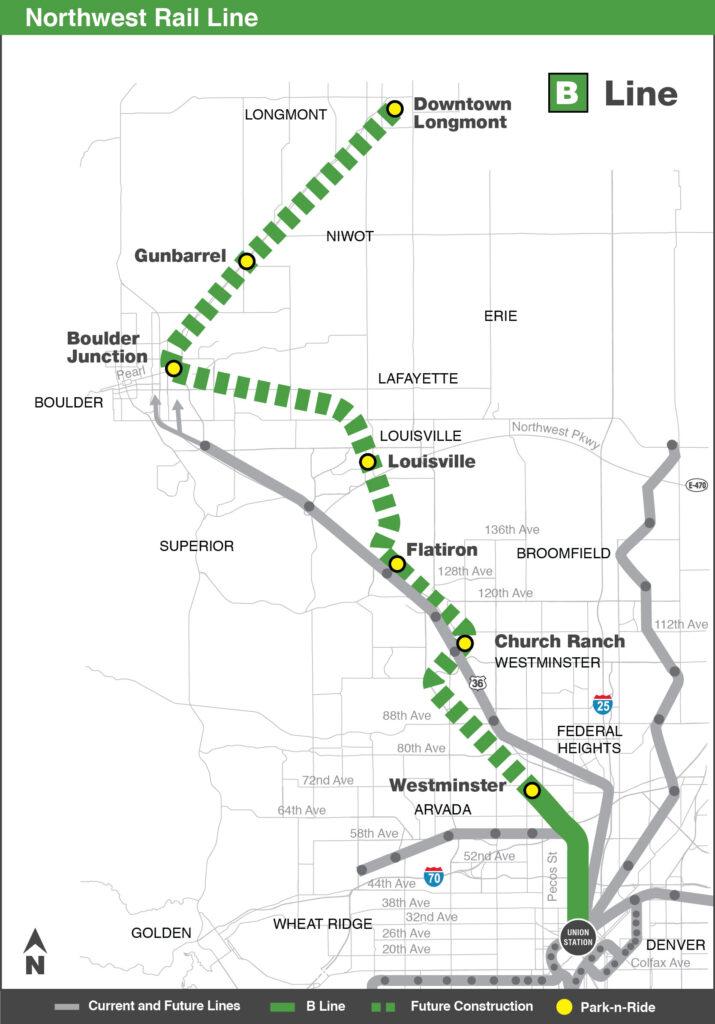
Local officials, and some of Shonsey’s colleagues at RTD, argued then that the bus and rail lines were physically separated enough that they would serve different communities. Today, Shonsey said RTD and its then-leader Cal Marsella should have forced leaders in the region to choose one: bus or rail.
“The communities up there wanted to get as much as they possibly could. And they didn’t get any pushback,” Shonsey said, adding: “I think Cal let them get away with it.”
The fallout from that decision reverberates today. The unfinished train line has badly damaged RTD’s reputation among state leaders, local officials and taxpayers whom CPR News interviewed for the Ghost Train podcast. Just a six-mile stub between Denver and Westminster exists now, and the rest has an estimated completion date of 2050.
Shonsey said he’s sorry the line hasn’t yet been built but he wishes more Boulder County residents would acknowledge what RTD has accomplished — about 70 percent of the FasTracks projects have opened, despite unexpected setbacks like the Great Recession and rising construction costs.
“I did my best. I think everybody at RTD did their best. I don't think it was malfeasance on anybody's part,” he said. “Did I give them as much as I could give them? Yes, I did. I gave them a service that they're still not happy with.”
But it’s also clear now that RTD could have done a better job of planning its system before taking it to voters.
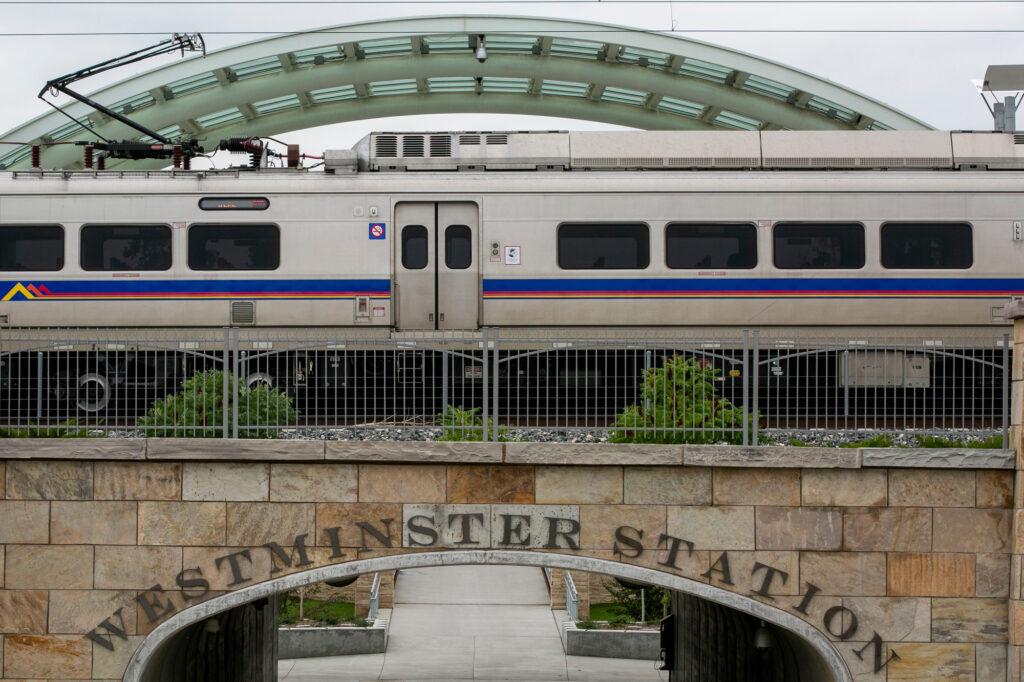
The FasTracks plan had enough detail to pass but not enough to foresee pitfalls
After a failed vote for a metro-wide rail system in 1997, RTD geared up for another try. It paid for new studies, like the one for U.S. 36, that helped it develop a more detailed plan for the 2004 vote. The added details helped the plan pass at the ballot box, Marsella later said.
But RTD’s plans were still relatively basic for most proposed lines. And as RTD did more advanced planning after the vote, costs rose significantly – especially on the Boulder and Longmont line.
RTD had initially estimated that leasing the track from Burlington Northern Sante Fe would cost $66 million. But in 2011, the track owner, BNSF Railway, told RTD it would actually cost $535 million. The most recent estimate, from 2019, put the cost of the entire project at $1.5 billion — about triple the original estimate.
BNSF Railway did not agree to an interview. But D.J. Mitchell, who recently retired from his post as assistant vice president of passenger operations for BNSF Railway, said the freight railway’s high quote was due to how often RTD wanted to run trains. It originally proposed service every 15 minutes during rush hours and every 30 minutes during off-peak hours.
“They wanted an awful lot of service, which meant an awful lot of capacity had to be built, and that was expensive,” he said.
There just wasn’t enough space for both RTD’s and BNSF’s trains on the existing single track. Service every 15 minutes would have required two additional tracks and other infrastructure upgrades that were even more expensive than the $535 million estimate BNSF provided for 30-minute service, according to an RTD memo from 2011.
John Shonsey prepared RTD’s pre-vote cost estimates, which were also examined and approved by the independent Denver Regional Council of Governments. Shonsey said he did the best job he could.
“We did the estimates based on all of our knowledge that we had at that time, and based on recent costs for other corridors, and costs for equipment, and costs for operations and everything else,” he said.
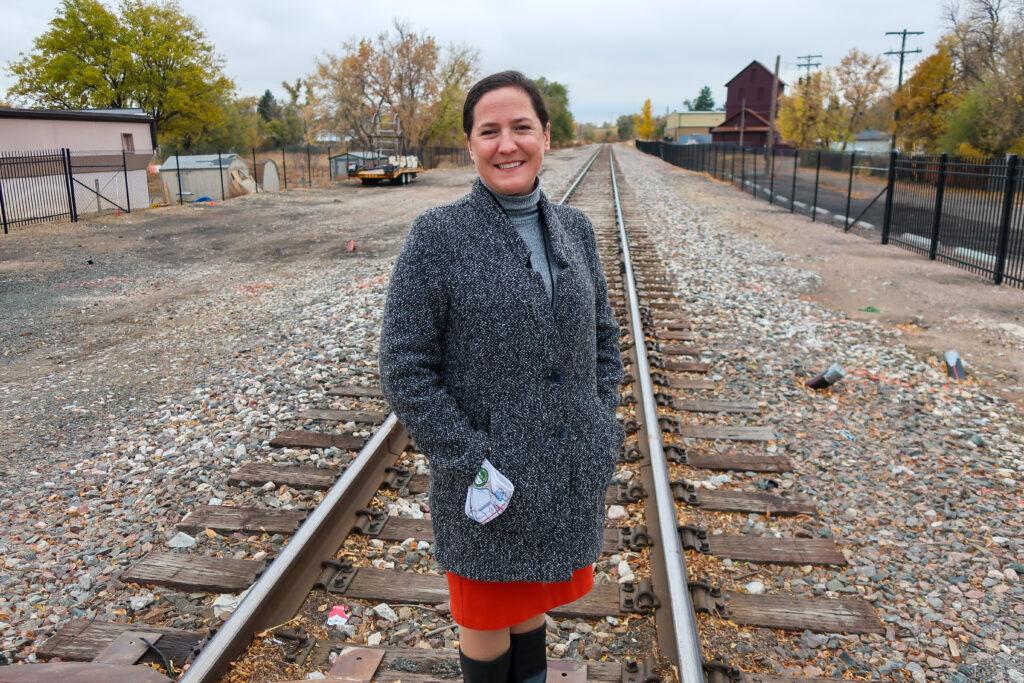
The Flatiron Flyer bus has served Boulder well since it opened, at least before RTD cut service in the pandemic. But other communities are still waiting.
A few miles away from the nearest Flatiron Flyer station, window shades were pulled down tight one afternoon last fall on a row of new apartments at the edge of downtown Louisville.
The ground-floor units were supposed to be the commercial anchor of a new pedestrian plaza adjacent to the planned RTD rail station. But the train never arrived, and the commercial space was converted to residences. The city even bought a nearby property and turned it into a parking lot.
“We did all the things that you do for transit-oriented development on the zoning side,” said Louisville Mayor Ashley Stolzmann. “But there's no transit serving the area. There's no bus service serving this area. So what we've created is more congestion.”
RTD’s delays have destroyed taxpayers’ trust, Stolzmann said. City officials in other communities along the planned B Line route, especially Longmont, which sits beyond the Flatiron Flyer route, are still angry with RTD too.
“The rail was a mistake from the beginning,” said Longmont Mayor Joan Peck. “I don't think RTD knew what they were doing.”
Taxpayers in Boulder County have paid about $270 million in FasTracks taxes since 2005, according to RTD. RTD has spent $174 million on the Flatiron Flyer express bus project and will spend another $209 million on interest payments.
Stolzmann is holding out hope that RTD can work with the state and Amtrak, which want to start a passenger rail line along much of Colorado’s Front Range. RTD’s new study of rush-hour rail service between Boulder and Longmont will feed into that effort.
If that partnership doesn’t work out, Stolzmann said RTD will still be obligated to build the Boulder train — unless voters absolve RTD of that duty in another referendum.
Rebuilding trust with voters is vital, she argued, because the Denver region needs more transit service — and the funding for it — to take on big issues like growth and climate change.
A few months after we spoke, a fast-moving grass fire fueled by conditions worsened by climate change burned more than a thousand homes in Louisville and nearby towns.
“If this can happen here in Louisville, in a suburb, this type of wildland fire, it can happen anywhere,” she said in February. “We need to take urgent action. And transit is a part of that.”



